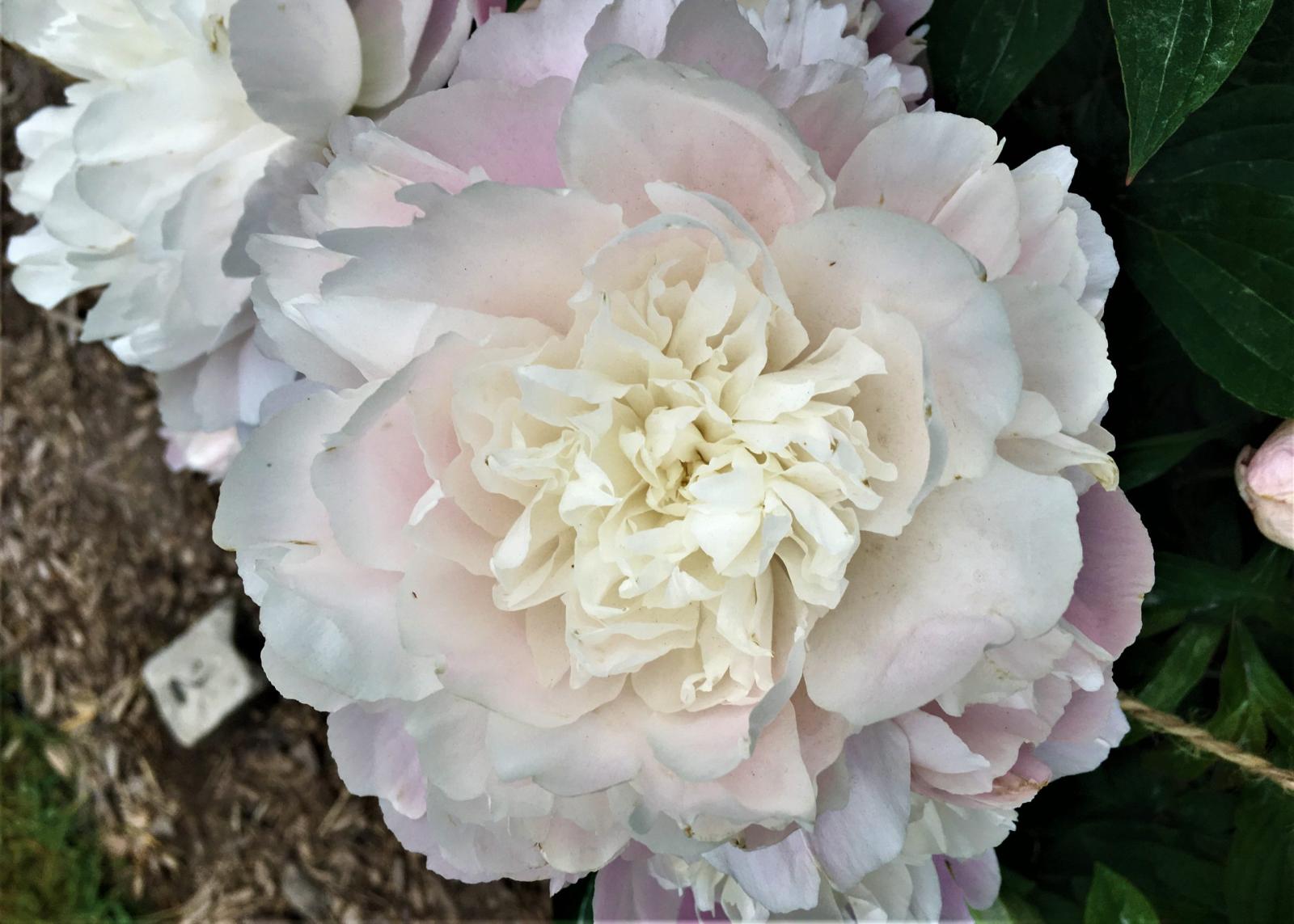Details

History
1916-Farr:40 Very large, medium compact, rose type, developing later a high crown. Violet-rose, changing to lilac-white in the center. Strong, erect, medium tall, free bloomer. Midseason. One of the most desirable varieties. $6.
1918-B006-I:23
1921-B014:20 Symposium II rating: 9.8
1923-SPN:351
1928-B:54 1928-B:54
1928-B-d:146 Double type; very large; midseason. Enormous, long petals of pale, translucent, old-rose-pink, paling toward the base and illumined by a golden yellow glow in the depths; not particularly fragrant. Medium height; floriferous; strong stems. Heavy foliage. Truly splendid in form, texture, and color. It is supreme for exhibition but well-developed flowers are too heavy for the stems outdoors, particularly in wet weather. “The flowers fade quickly in bright sunlight.”—Fewkes.
1939-RL:11 Double. 9.80, Light pink.
1962-W:089 Double. Pink blooms of fair substance, center cup, tiny white pistils with pink tips. Flowers soon fade in bright sunshine but remain attractive. Numerous side buds, nicely formed. Many 3′ graceful stems make a broad, satisfactory bush which may sprawl in rainy weather.
1976-K:098 (Dessert, 1904) – Double – Pink – Midseason. (Wild catalog says Early.) Medium height. Not particularly fragrant. Very large. Enormous, long petals of pale translucent, old- rose pink, paling toward the base and illumined by a golden yellow glow in the depths; floriferous; strong stems. Heavy foliage. Truly splendid in form, texture, and color. It is supreme for exhibition but well-developed flowers are too heavy for the stems outdoors, particularly in wet weather. “The flower fades quickly in bright sunlight. “-Fewkes. M.

